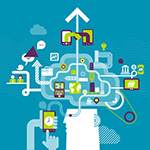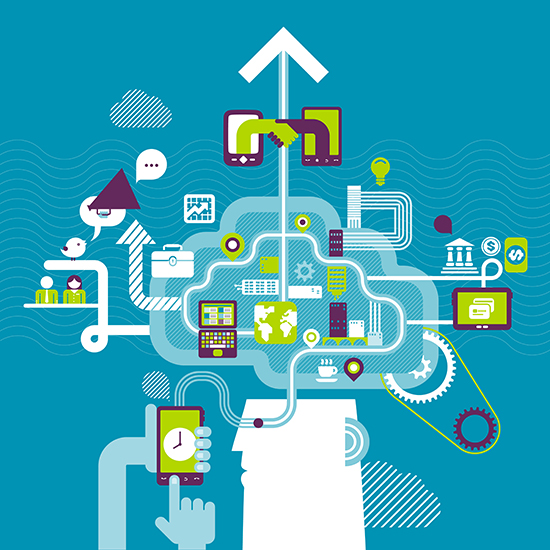Have you seen the ad from one of the big financial services players showing a young woman riding her bike through a stylized landscape? She checks her mobile phone as she’s riding and, periodically she pauses to trade stocks. Say what?! Trade Stocks!??
A recent Wall Street Journal article reports on a group in Britain and Germany developing what they call the BinCam, a device they expect you to buy that will take pictures of your recycled trash, load it up to your Facebook page and report to your friends on how green you really are.
As in the early days of the computer revolution and the height of the dot.com frenzy, some new technological capabilities are being introduced more because someone created the technology than because it fulfills a specific need. In our recent blog post “Common Interests: Financial Capability” we talked about some of the opportunities being brought to people at all levels of financial sophistication and need by new technologies, among them new mobile banking and payments apps. But we concluded by suggesting that only a few of these new technologies are destined to follow the full adoption continuum, progressing from early adopters through to the entire population. Further, the context in which people are using a technology makes a big difference; it’s quite possible that a sharing capability that works wonderfully for athletic shoes or pictures of great meals may not be nearly so useful as people think about their financial or recycling needs.
The Wall Street Journal story mentioned above develops an intriguing theme about personal control and technology functions: “Devices that are ‘good smart’ leave us in complete control of the situation and seek to enhance our decision making by providing more information. Technologies that are ‘bad smart’, by contrast, make certain choices and behaviors impossible.”
We can’t recall meeting that young woman in the ad we allude to above, but she may exist. In our research we’ve met plenty of folks who fit a different profile. They’re not early adopter technology sophisticates. Many are actually struggling financially and use their mobile devices to see whether they have enough money in their checking accounts to cover the purchases they’re about to make.
That’s the part we think poses the most interesting challenges. As computer and mobile capabilities become even more commonplace throughout all tiers of our society, which capabilities will work best for the unique needs of people in different segments of that society? Which will follow typical “adoption curve” patterns, and which will move along a different path, with some populations segments leapfrogging others to use a technology that fulfills a specific need?




